 Do you remember me saying in my L post on Lewis and Clark that oftentimes Missouri history and U.S. history overlap. We’re starting a string of posts that prove my point. After the Corp of Discovery explored the new land in the Louisiana Purchase, a whole lot of people decided they needed some more elbow room. Of course, traveling alone in a new country could be dangerous so most folks joined a “wagon train” of like-minded settlers. And the best “meetin’-up place” was in Independence, Missouri. It became known as the “Queen City of the Trails” as the departure point for the California, Oregon and Santa Fe trails (this last one was really used more by traders and the military than settlers).
Do you remember me saying in my L post on Lewis and Clark that oftentimes Missouri history and U.S. history overlap. We’re starting a string of posts that prove my point. After the Corp of Discovery explored the new land in the Louisiana Purchase, a whole lot of people decided they needed some more elbow room. Of course, traveling alone in a new country could be dangerous so most folks joined a “wagon train” of like-minded settlers. And the best “meetin’-up place” was in Independence, Missouri. It became known as the “Queen City of the Trails” as the departure point for the California, Oregon and Santa Fe trails (this last one was really used more by traders and the military than settlers).
The California Trail stretches about 1950 miles from the Missouri river to Sacramento, CA. Of all the emigration trails, it had the heaviest traffic. It’s estimated that 250,000 pioneers traveled its path between the 1840’s and the 1860’s, the majority doing so after the discovery of gold in the territory. It took four to six months to complete the journey and as many as 5 percent of the travelers died on the trail from disease, attacks, or freezing temperatures.
The Oregon Trail was the longest route to the Pacific coast, measuring about 2000 miles. Estimates say 80,000 traveled its route to Oregon while another 20,000 went on to what would become the state of Washington. The first organized wagon train left in 1836, but it stopped at Fort Hall (now Idaho). The trail was eventually extended to Oregon in 1843. Traffic on the trail declined when the government decided settlers needed to pay for the land that they had so far been able to claim for free. In 1869, the completion of the Transcontinental Railroad became a much faster and safer alternative, but the Oregon Trail was still used by a few until the 1890’s/
The Santa Fe Trail (900 miles) was opened in 1821 as a trade route into what was then Mexican territory (they had just gained independence from Spain). In Santa Fe, one could continue on the Old Spanish Trail or the Camino Real to reach Mexico City. During the Mexican War, the U.S. Army used the trail as an invasion route and later as a mean to transport supplies. There were some pioneers who used the trail, settling in what would become Colorado and northern New Mexico. In 1880, the Atchison, Topeka, and Santa Fe Railway constructed their new line over the original trail.
Today, in Independence, MO you can visit the National Frontier Trails Museum ($6/adults, $3/ages 5-17). It is partially built on the remains of an old mill that used to supply grist and flour for the pioneers stocking their wagons. On the property you can visit the spring where pioneers watered their livestock or walk in the swales, or ruts that their wagons left behind. In the museum itself you can find quotes from pioneer diaries and letters as well as some of the artifacts they left behind. The video with an intrepid Jr. Reporter shows one of the interactive displays where you have to make the hard decisions about what to take and what must remain.
An excellent complement to the museum is the Pioneer Trails Adventures wagon tour (you can buy a combo ticket). A pair of Missouri mules pull tourists through the swales and around the town while they hear about the Trails and other local attractions (there were 2 Civil War battles in the town, Jesse James was locked up here and it was the home of President Harry S Truman).
I’m linking up with …
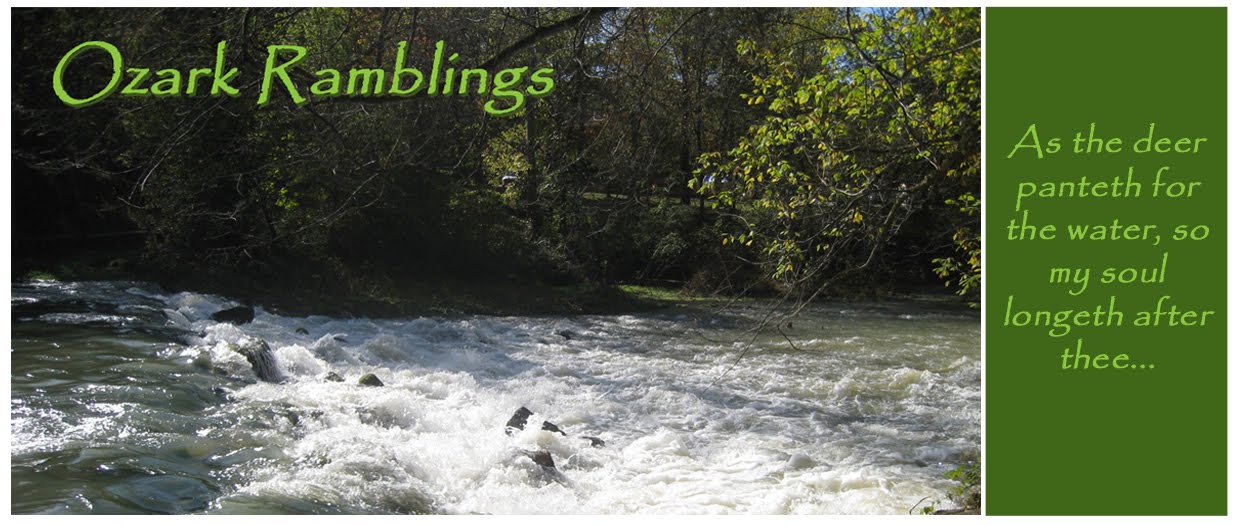



 The Student Guide
The Student Guide The Workbook
The Workbook




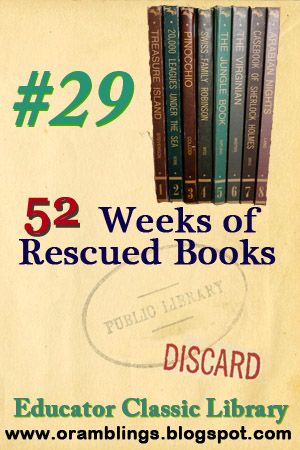 Classic Library. The original 12 volumes were published between 1968 and 1970 and contained unabridged versions of the following titles.
Classic Library. The original 12 volumes were published between 1968 and 1970 and contained unabridged versions of the following titles.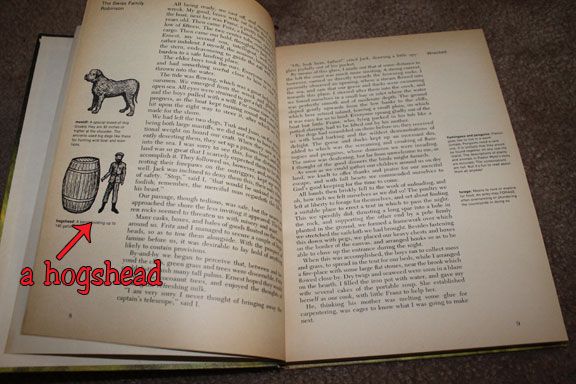
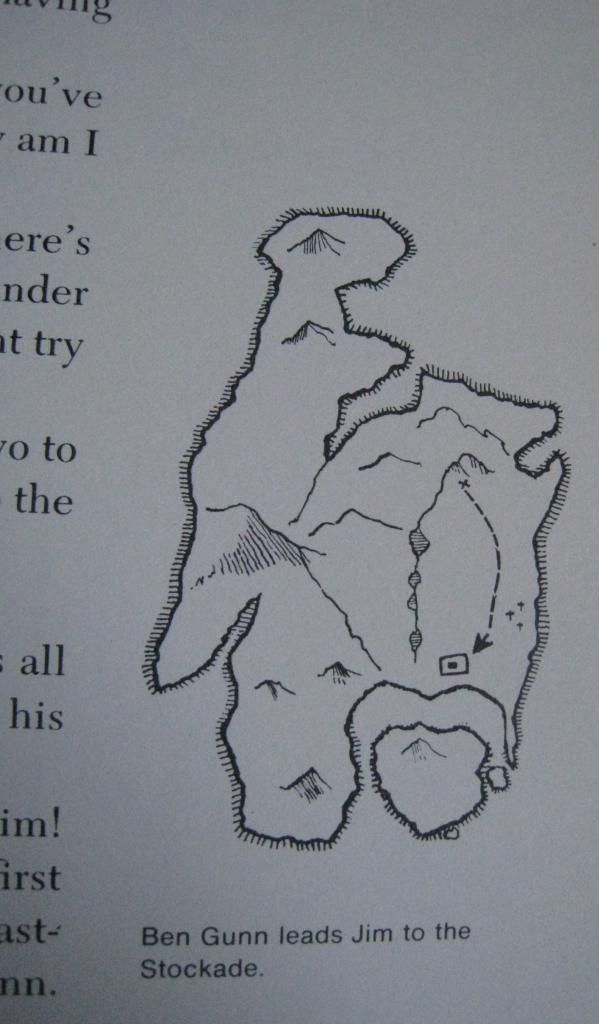
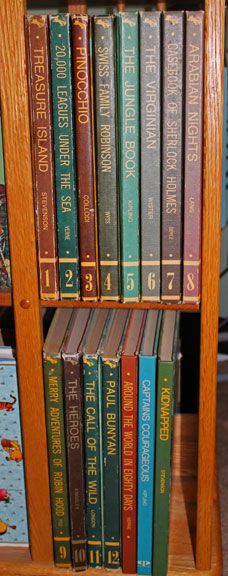
 I tried to choose one word to describe my life as a homeschooling mom—aspire, adapt, tweak, cope? On the really bad days it might be “worry” or “survive.” I’ve been challenged this past month with a book from
I tried to choose one word to describe my life as a homeschooling mom—aspire, adapt, tweak, cope? On the really bad days it might be “worry” or “survive.” I’ve been challenged this past month with a book from  ps, affirmations, and advice that all moms can use – setting goals, dealing with interruptions, etc. and also some chapters for specific needs –single moms and those running a home business. Scattered throughout are shaded boxes with quotes by many people I already respect like Zig Ziglar and Elisabeth Elliott. The appendices contains a list other helpful books to read, pre- and post- reading evaluations, and several using planning forms (you can also download blank forms if you purchase the book).
ps, affirmations, and advice that all moms can use – setting goals, dealing with interruptions, etc. and also some chapters for specific needs –single moms and those running a home business. Scattered throughout are shaded boxes with quotes by many people I already respect like Zig Ziglar and Elisabeth Elliott. The appendices contains a list other helpful books to read, pre- and post- reading evaluations, and several using planning forms (you can also download blank forms if you purchase the book). Let me tell you, I had a hard time choosing a special destination for the letter M of ABC Blogging Across Missouri. I mean, the name of the state starts with M so anything that incorporates the state’s name qualifies. I settled on one of the oldest and most respected institutions in the state and also a National Landmark. I could have saved it for the letter S because most old timers still refer to it as Shaw’s Garden (we also call Highway 64 by its old number-40, so don’t ask us for directions). Its official title is The Missouri Botanical Garden.
Let me tell you, I had a hard time choosing a special destination for the letter M of ABC Blogging Across Missouri. I mean, the name of the state starts with M so anything that incorporates the state’s name qualifies. I settled on one of the oldest and most respected institutions in the state and also a National Landmark. I could have saved it for the letter S because most old timers still refer to it as Shaw’s Garden (we also call Highway 64 by its old number-40, so don’t ask us for directions). Its official title is The Missouri Botanical Garden.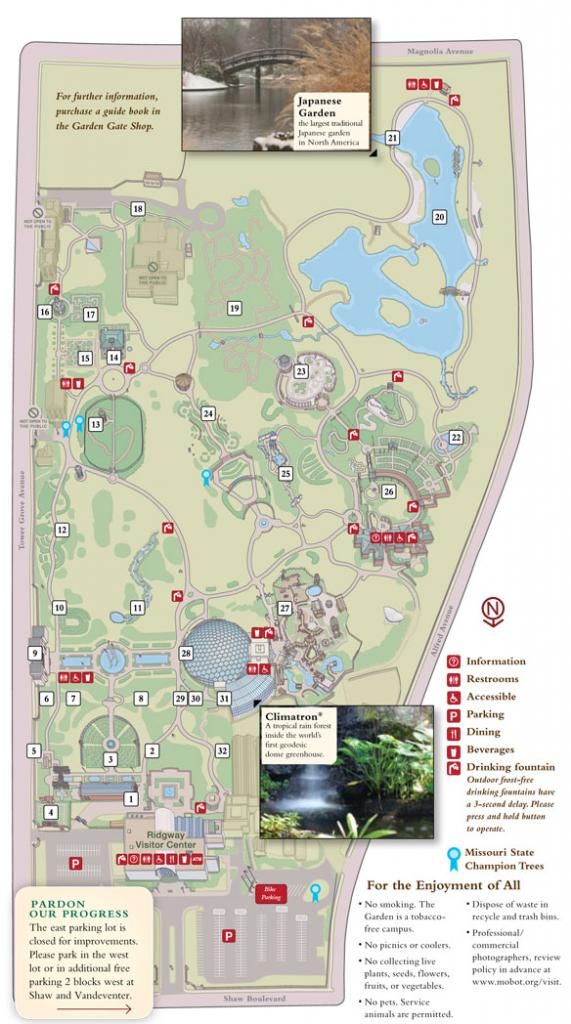
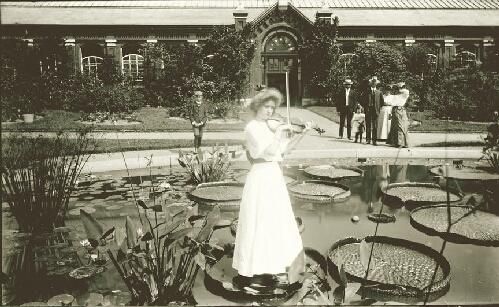 as a conservatory. It was opened in 1961, rising 70 feet high and spanning 175 feet across. There are no columns or support structures inside to interfere with light or plant growth. It’s kept warm with high humidity to house tropical plants like a rain forest—it even has an indoor waterfall. In front of the Climatron is a lily pond with pads so big people could stand on them. Since this practice is not allowed now, you’ll have to look at this old picture as proof.
as a conservatory. It was opened in 1961, rising 70 feet high and spanning 175 feet across. There are no columns or support structures inside to interfere with light or plant growth. It’s kept warm with high humidity to house tropical plants like a rain forest—it even has an indoor waterfall. In front of the Climatron is a lily pond with pads so big people could stand on them. Since this practice is not allowed now, you’ll have to look at this old picture as proof.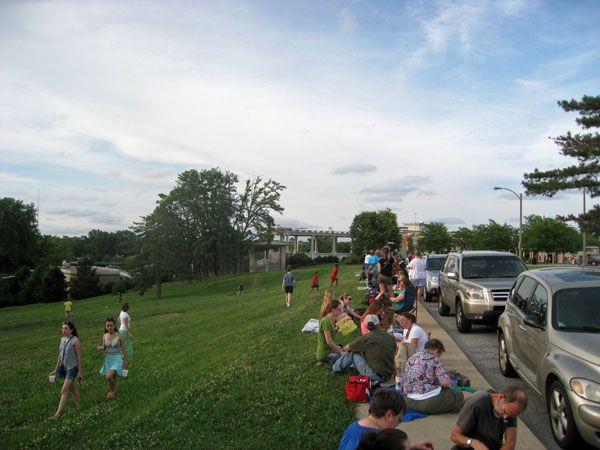
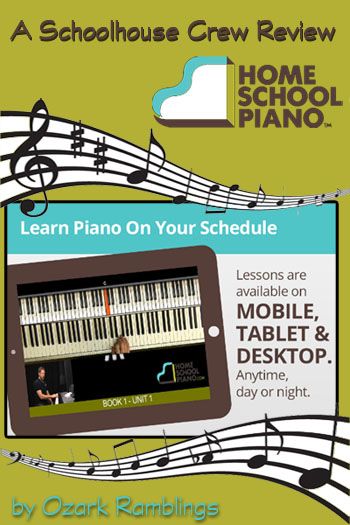 “Mom, can I do a piano lesson?” As far as rarely heard sentences are concerned, this might rank up there with “Mom, can I have seconds on spinach?” and yet I heard it nearly every day during our review of
“Mom, can I do a piano lesson?” As far as rarely heard sentences are concerned, this might rank up there with “Mom, can I have seconds on spinach?” and yet I heard it nearly every day during our review of 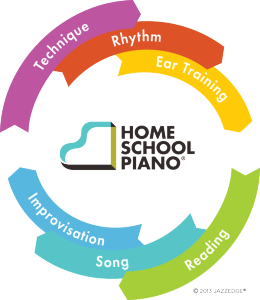

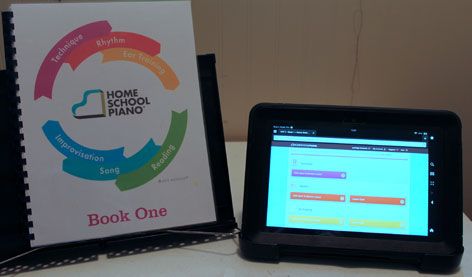
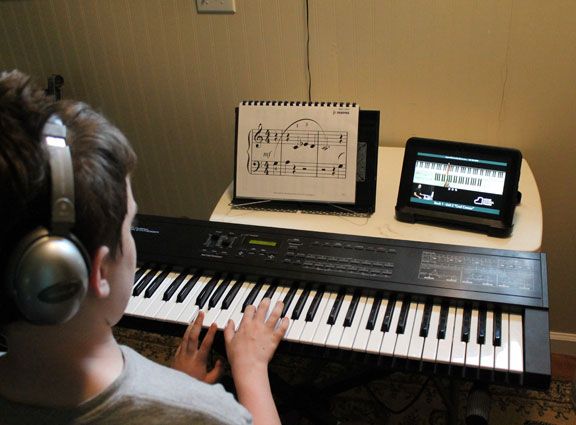
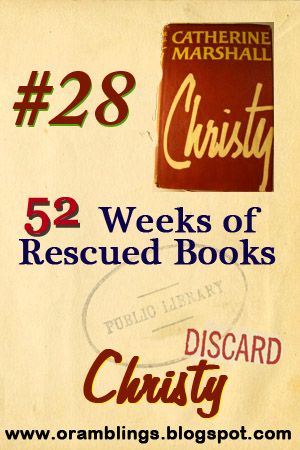 I’m having one of those “I can’t believe I’m that old” moments. I almost didn’t include this book in my series because I figured everyone knows about Christy, it was made into a TV show a little while ago. Imagine my shock when I saw it first aired 20 years ago! Anyone being homeschooled today would have never seen it (unless they have the DVD’s), but even those who have—the TV version can only be said to be loosely based on the book.
I’m having one of those “I can’t believe I’m that old” moments. I almost didn’t include this book in my series because I figured everyone knows about Christy, it was made into a TV show a little while ago. Imagine my shock when I saw it first aired 20 years ago! Anyone being homeschooled today would have never seen it (unless they have the DVD’s), but even those who have—the TV version can only be said to be loosely based on the book. 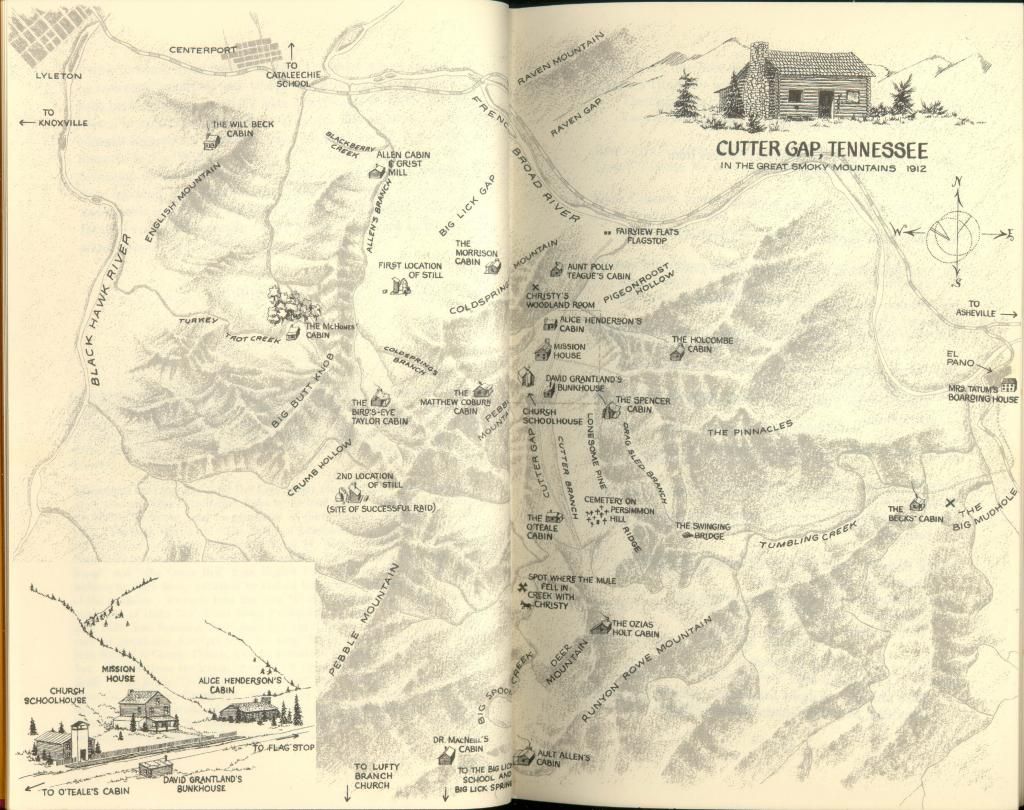
 Missouri not only sits in the middle of the country physically, but it’s often in the center of the country’s history. You can’t study slavery without coming across the Missouri Compromise for example. Studying the Western Expansion Movement, many of the trails began in Missouri as did the Pony Express. But first the country had do be explored and that leads us to todays subjects—Lewis & Clark and the Corps of Discovery.
Missouri not only sits in the middle of the country physically, but it’s often in the center of the country’s history. You can’t study slavery without coming across the Missouri Compromise for example. Studying the Western Expansion Movement, many of the trails began in Missouri as did the Pony Express. But first the country had do be explored and that leads us to todays subjects—Lewis & Clark and the Corps of Discovery.
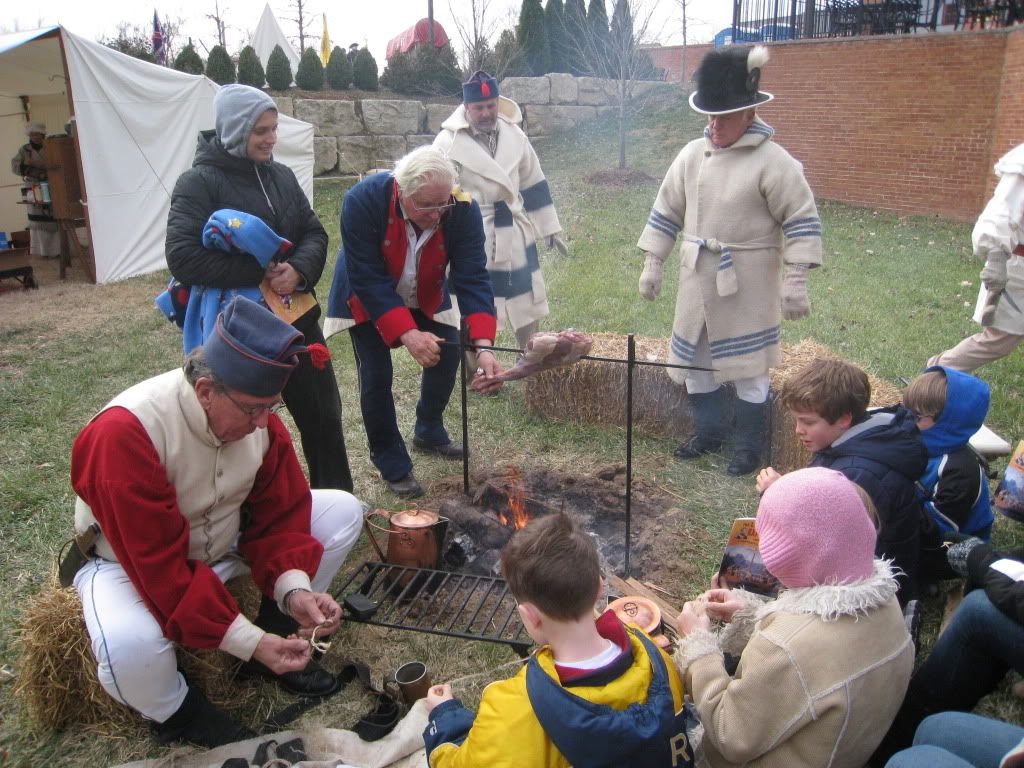

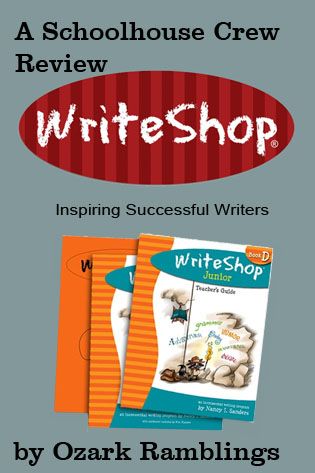

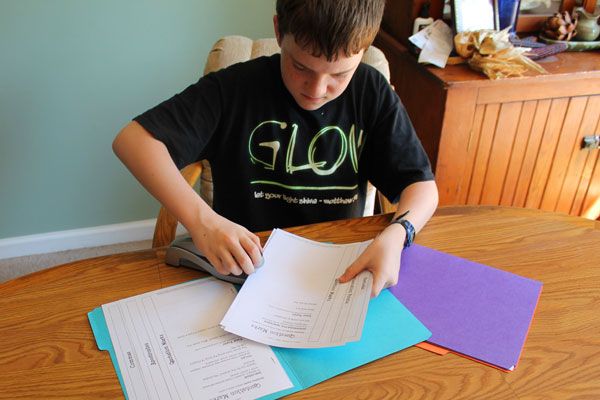
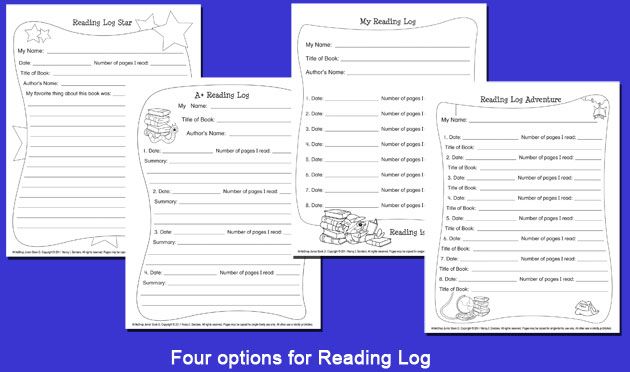
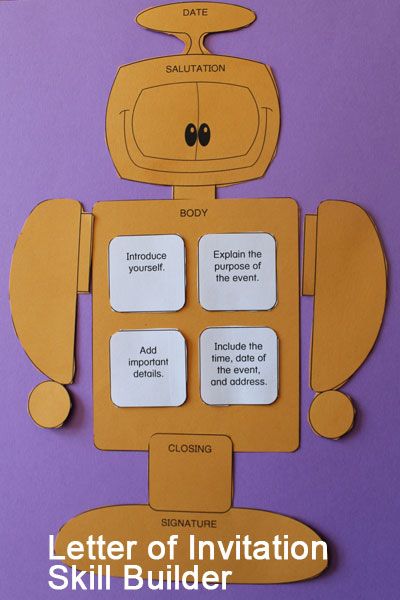
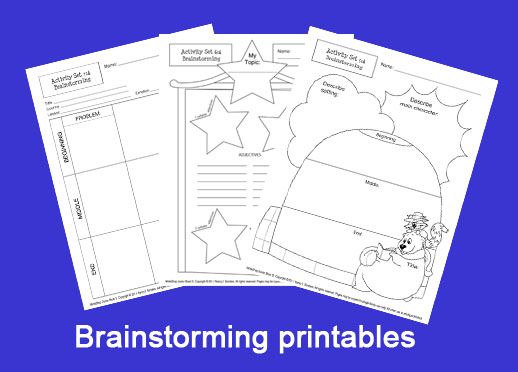
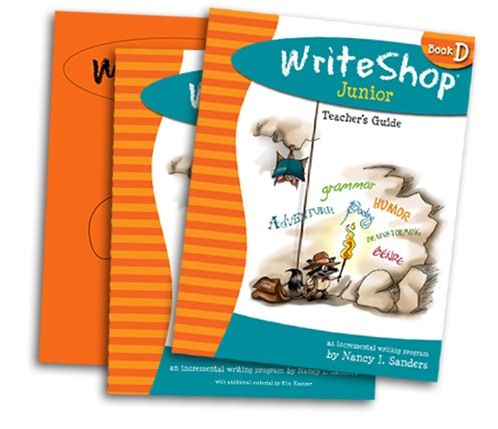
 The Fourth of July has now passed and we’re in the height of summer. Have you enjoyed the great outdoors lately? Gone for a hike or bike ride"? Watched a hawk circle in the sky? Watched a mighty river flow past? Missourians have a wonderful resource for doing all that and more! Winding it’s was through the heart of the Show Me State is the longest “Rails to Trails” project in the country—the Katy Trail.
The Fourth of July has now passed and we’re in the height of summer. Have you enjoyed the great outdoors lately? Gone for a hike or bike ride"? Watched a hawk circle in the sky? Watched a mighty river flow past? Missourians have a wonderful resource for doing all that and more! Winding it’s was through the heart of the Show Me State is the longest “Rails to Trails” project in the country—the Katy Trail. 